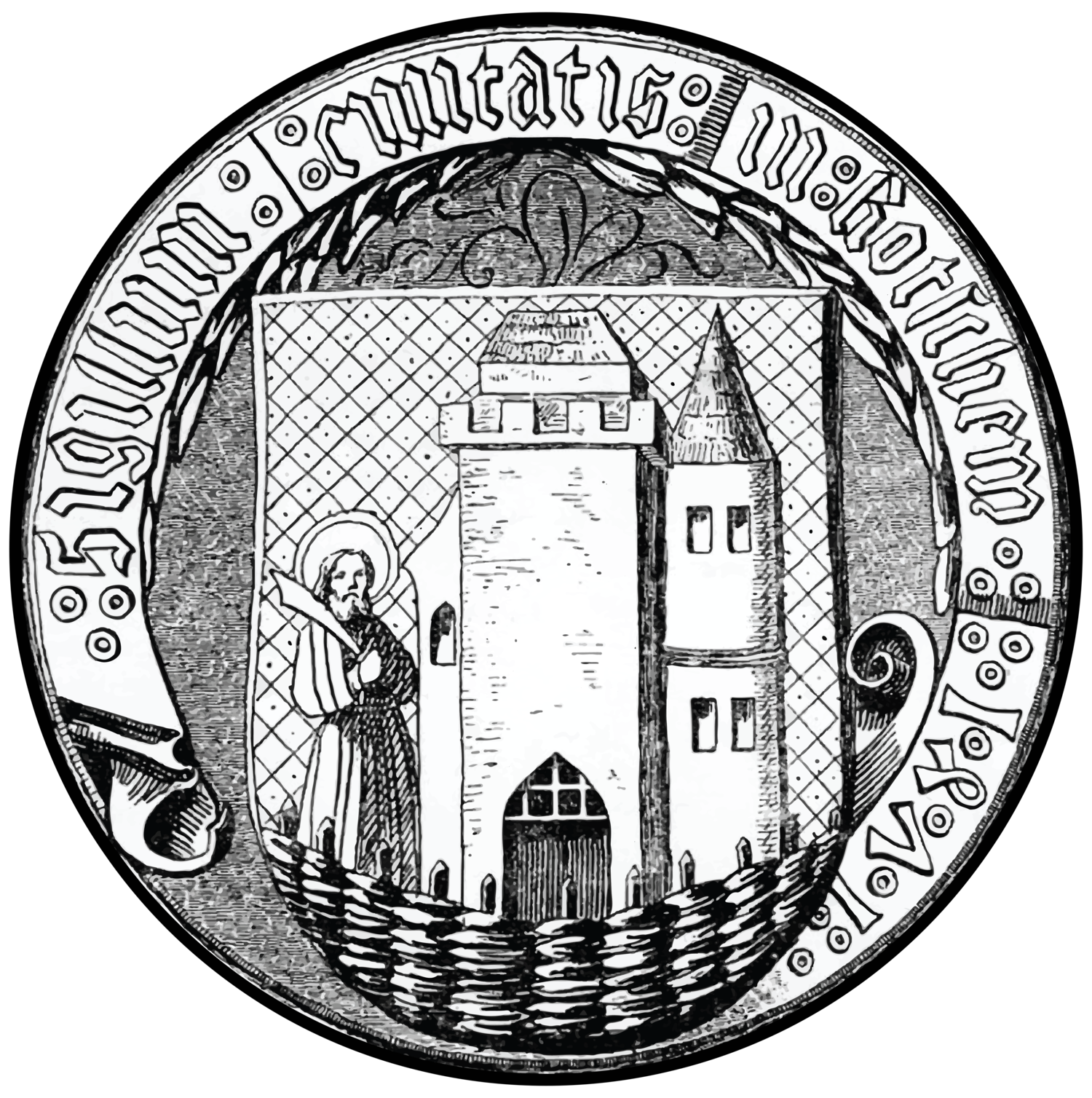
Durnbach
German: Durnbach // Gottscheerish: Dürnpoch // Slovenian: Suhi Potok
According to the Kočevje land registry of 1574, the village had four full farms divided into eight half-farms, corresponding to between 45 and 55 inhabitants. In 1770 there were 12 houses in the village. In 1937 the village had 13 houses and a population of 54.During the Second World War most of the village was burned down, leaving only two (out of 13) houses and the 18th-century Saint Andrew's Church. After the war, the Kočevje collective farm and forestry company took over management of the village's fields and pastures.
A chapel of ease dedicated to Saint Andrew was built in the village in 1758 based on the plans for the parish church in Obermösel. A previous church stood at the site as early as the 17th century, indicated also by a missal from 1641. Saint Andrew's Church is located on the edge of the village and is registered as cultural heritage. The original structure was mentioned by Johann Weikhard von Valvasor in 1689, who stated that it had three altars. After the Second World War, when Durnbach was nearly abandoned, the church was used as a barn, after which it started to deteriorate. The originally wooden shingled roof was replaced with a tiled roof in the fall of 2006 to prevent further deterioration of the building.
Village Map & List of Names
| HOUSE # | HOUSE NAME | FAMILY NAME |
|---|---|---|
| 1 | Grüshasch | Kropf |
| 2 | Schüala, Lerasch | School |
| 3 | Gramasch | Bauer |
| 4 | Peatrsch | Johann König |
| 5 | Mesasch | Mathias Stiene |
| 6 | Rüppainsch | Mathias König |
| 7 | Baschn | Rudolf Fink |
| 8 | Paürsch | Franz König |
| 9 | Hushn | Stiene |
| 10 | Magarlaisch | Hoge |
| 11 | Müamsch | Hoge |
| 12 | Nautonsch | Kastinger |
| 13 | Schaüvlasch | Johann König |
| 14 | Grüabasch | Johann Bauer |
| 15 | Khövlasch | Bauer |
| 16 | Schüaschtalainsch | Schneider |
| 17 | Unknown | // |
| 18 | Rüppainsch Joshl | Alfons König |
| 19 | Unknown | // |
| 20 | Unknown | // |
| 21 | Unknown | // |
| 22 | Katarlainsch | // |
| 23 | Pütarsch | Karl Kamme |

Durnbach 1926

Durnbach 1971


Village square in Durnbach in August 1925

Durnbach 1971


Durnbach Church 1971

Restored church. Had no roof and windows; has been restored over past 5 years.


Aerial view of what Durnbach looks like today.


